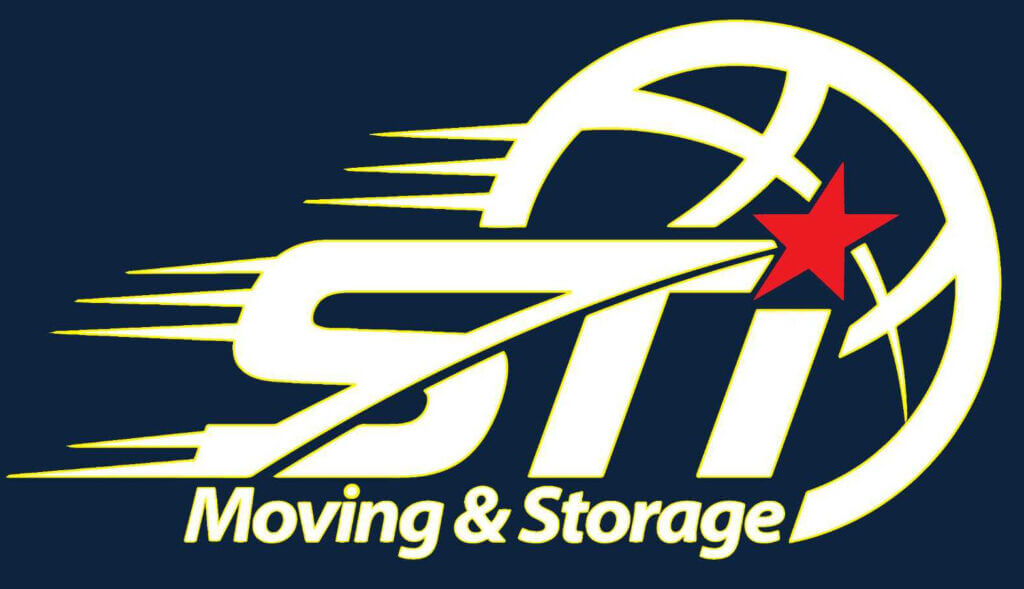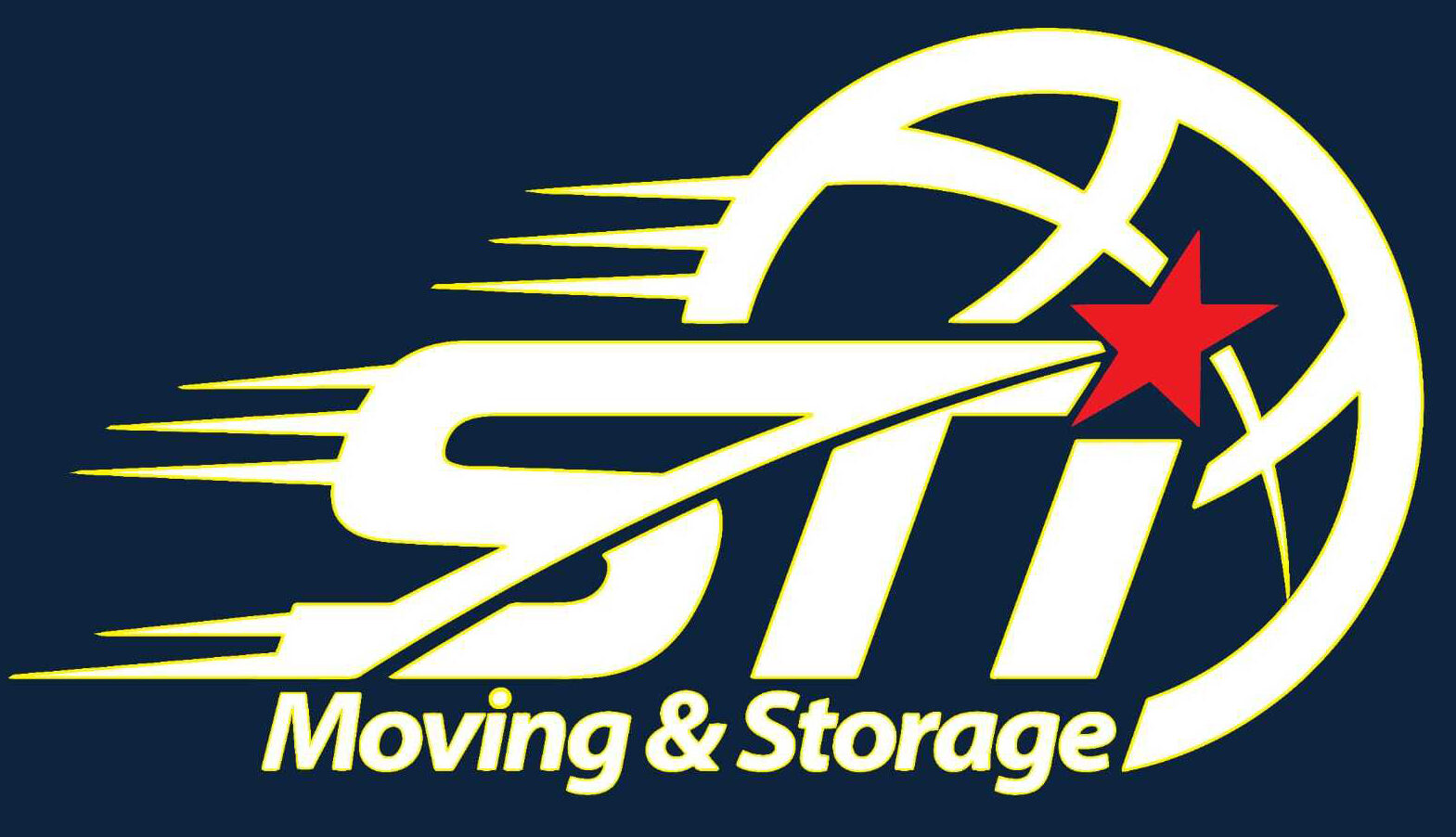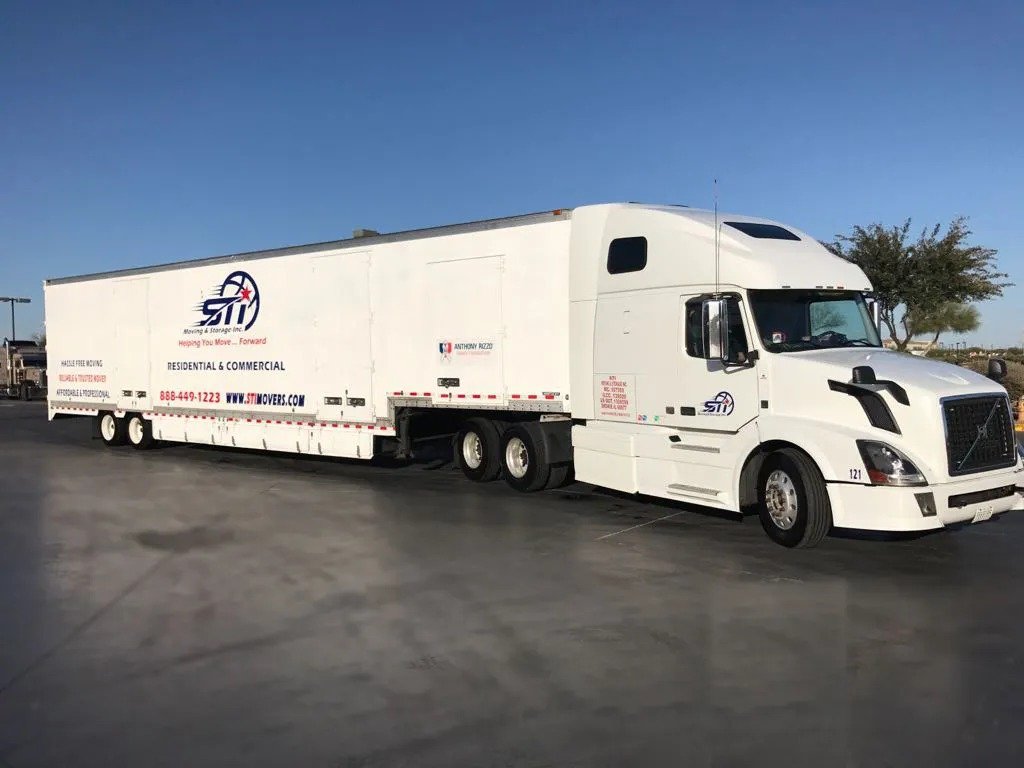Moving is exciting but it can also be stressful because it brings big changes. One of the most important things you can do to make the process easier is to create a clear moving budget. When you plan your spending and set a realistic budget, you can avoid surprise costs and last-minute stress. This helps you focus on other important parts of the move.
To make a good moving budget, you should think about a few key things. These include how far you’re moving, what kind of move it is, packing costs, hiring movers or renting a truck and any extra services like moving a piano or large appliances. It’s also important to understand the difference between what you expect to spend and what you actually end up spending. This will help you stay in control of your budget and avoid going over.
We’ll walk you through how to set up your moving budget step-by-step—starting from making a list of your items, checking costs, getting quotes and picking the best time to move. These tips are based on solid research and will help you manage your moving budget with ease.
Know What Kind of Move You’re Doing
Before you start planning your moving budget, it’s important to figure out what type of move you’re making. This helps you understand the possible costs and prepare better. Here are four common types of moves: DIY Move, hiring Professional Movers, Local Move, and Long-Distance Move.
DIY Move
A DIY (Do-It-Yourself) move means you take care of everything on your own. You’ll do the packing, loading & unloading, and driving without help from a moving company. This kind of move usually costs less but takes more time, energy and planning.
Here are some common costs to think about in a DIY move:
- Truck rental – The price depends on the size of the truck you need and how long you’ll use it.
- Packing supplies – You’ll need boxes, tape, bubble wrap and packing paper.
- Fuel – Think about how far you’re driving and how much gas the truck will need.
Professional Movers
When you hire professional movers, you pay a moving company to handle everything—packing your stuff, moving it, and unloading it at your new place. This option is easier and saves time but it usually costs more than doing it yourself.
Here are some costs to keep in mind:
- Moving company charges – Get quotes from different companies to compare prices and what they offer.
- Packing services (optional) – Some movers can pack your items for an extra fee.
- Insurance – Basic coverage is usually included but you can pay more for extra protection, especially for valuable things.
Local Move
A local move means you’re moving to a new place that’s nearby—usually within the same city or under 50 miles. These types of moves are usually quicker and affordable move than long-distance ones.
Here are some things that can affect the cost:
- How much stuff you’re moving – More items mean a higher price.
- Hourly rates – Local movers usually charge by the hour.
- Extra charges – You might pay more if movers have to deal with stairs, walk a long distance or take apart and put together furniture.
Long-Distance Move
A long-distance move means you’re moving far away—usually over 400 miles or to another state. These moves are more complicated and usually cost more than local ones.
Here’s what can affect the cost:
- Weight of your items – Movers often charge based on how heavy your things are.
- Distance – The farther you move, the more you’ll pay for fuel and transport.
- Extra services – You might need to pay for things like packing, storage, or special boxes for fragile items.
To make a good moving budget, start by knowing what kind of move you’re making and think through the possible costs. This helps you plan better and avoid surprises.
Estimating Moving Expenses
When you make a moving budget, you need to guess how much money you’ll spend on different parts of the move. The main things to think about are:
- Movers or truck rental
- Packing supplies & packing help
- Extra charges & hidden fees
- Moving insurance
These are the key areas where most of your money will go during the move.
Movers & Truck Rental
Start by getting price estimates from a few moving companies or truck rental places. This will help you figure out your main moving cost. Local moves usually cost between $300 and $1,500. Long-distance moves can range from $2,500 to $5,000, depending on how far you’re going and how much stuff you have. Don’t forget to include the cost of gas and tolls.
- Movers – Look at the base price and any extra fees for added services.
- Truck rental – Check the daily rental cost, mileage charges, fuel, any equipment you need (like dollies or blankets) and tolls.
Packing Materials & Services
Now, think about how much you’ll spend on packing supplies and whether you’ll hire professionals to help pack. Make a list of the items you’ll need—like boxes, tape, bubble wrap, labels and soft materials to cover furniture. You might also need special items like wardrobe boxes or mattress covers. If you’re thinking about hiring packers, get quotes from different companies to compare prices.
- Packing supplies – Boxes, tape, bubble wrap, labels and more.
- Packing services – Charged by the hour or a set price, may include extra help like taking furniture apart and putting it back together.
Additional Costs & Fees
Remember, there might be extra costs that aren’t included in the basic quotes from movers or truck rentals. Always ask about these possible charges so you’re not surprised later.
Here are some common extras to look out for:
- Extra fees for using stairs, elevators or carrying things a long distance
- Charges for moving big or heavy items
- Security deposits for truck or equipment rentals
- Tolls for highways, bridges or tunnels
- Fuel & mileage costs if you’re driving your own car during the move
Moving Insurance
Finally, think about adding moving insurance to your budget. It helps protect your things in case they get lost or damaged during the move. Check what kind of basic coverage the moving company offers and if needed, buy extra coverage for peace of mind. Also, pay attention to the cost, any deductibles and how to file a claim if something goes wrong.
- Moving insurance – Basic protection from the movers, optional extra coverage, premium costs and deductibles.
Creating a Moving Budget Template
Having a clear budget template can make planning your move much easier. It helps you keep track of all your spending and stay organized. Below, we’ll show you how to make one using Microsoft Excel and explain why making an inventory list is also important.
Microsoft Excel
Microsoft Excel is a great tool to create your moving budget. Here’s how you can set it up:
- Open a new Excel file.
- In the first row, write these three headers: Category, Estimated Cost and Actual Cost.
- Under Category, list out everything you’ll spend on—like moving company charges, packing supplies, transport and storage.
- As you collect quotes or plan costs, fill in the Estimated Cost column.
- Once the move is done, write down what you actually spent in the Actual Cost column.
This setup helps you watch your spending in real time and quickly spot where the actual cost went over your estimate.
Inventory List
An inventory list is also a key part of your moving budget. It helps you estimate moving costs more accurately and is useful for insurance too.
Here’s how to make one:
- In your Excel sheet, create two columns: Item and Value.
- Walk through your home and list everything you plan to move, along with an estimated value for each item.
- Add up the total value of your items—this total may help if you need to buy extra insurance.
This list not only helps with planning your budget but also comes in handy if something gets lost or damaged during the move. It gives you a better view of what you’re moving and how much it’s all worth.
Reducing Moving Costs
Save Money by Planning Ahead
One of the best ways to cut down moving costs is by planning early. When you start looking into things like DIY moving, fuel prices and storage options in advance, you’ll make smarter and cheaper choices. Also, set aside money for basic needs like boxes and tape—but don’t forget, you can save by using things you already have at home.
Compare Quotes
If you’re thinking about hiring movers, always get price quotes from a few trusted companies. This helps you find the best deal. Also, ask upfront about any hidden charges or extra fees before picking one.
Declutter & Donate
Getting rid of stuff you don’t need can save you a lot of money:
- Fewer items mean a lighter load—and lower moving costs.
- You’ll need fewer boxes and packing materials.
- You can donate things or sell them at a yard sale to make some extra cash and help others.
Keep a box nearby for items you no longer use or want.
DIY Packing & Storage
Doing the packing yourself can save you a good amount:
- Use things like old newspapers or towels instead of buying bubble wrap.
- Ask friends or family for extra boxes.
- Use household items creatively—like putting fragile things inside pillowcases.
Smart packing saves space in the truck and keeps your stuff safe. A little research into packing tips can go a long way—helping you avoid damage, save money and have a smoother move overall.
Consider Extra Expenses & Hidden Costs
Lodging and Travel
When planning your moving budget, don’t forget about travel and temporary stay costs. If your new home isn’t ready right away, you might need to stay in a hotel or rental. Also, include the cost of food on the road and any travel costs like gas or plane tickets—especially for long-distance moves.
Childcare & Pet Care
Moving day can be a challenge if you have kids or pets. You may need to arrange babysitting or pet care during the move. These services can be pricey depending on where you live, so make sure to include them in your budget. Also, think about any special travel needs your pets might have.
Taxes & Insurance
A move can affect your taxes and insurance. Talk to a tax expert to see if you qualify for any tax breaks or if there are changes you need to know about. Your home or car insurance may also change based on your new address, so check what’s required in your new area and update your budget.
Emergency Fund & Backup Plan
It’s smart to set aside a little extra money for unexpected costs. Things don’t always go as planned—truck prices may go up or you might face delays. A good rule is to add about 5% of your total moving budget as an emergency fund to cover surprise expenses.
Keeping these extra costs in mind while planning can help you stay on budget and avoid last-minute stress during your move.
Packing Tips & Tricks
Pack One Room at a Time
Start packing room by room to keep everything in order. Put similar items—like kitchen stuff, clothes or electronics—together in the same box.
- Furniture – Take apart large furniture if you can. Keep screws and small parts in a labeled bag.
- Appliances – If you still have the original boxes, use them. If not, find strong boxes that fit well.
- Household items – Pack small items along with their parts or accessories.
- Toys – Sort toys by type or room and pack them in boxes with clear labels.
Use Good Packing Materials
Using strong and safe packing supplies helps protect your things during the move.
- Boxes – Choose sturdy boxes in different sizes for different items.
- Tape – Use strong packing tape to seal boxes properly.
- Protection – Wrap breakables with bubble wrap, newspaper or packing peanuts.
How to Pack Fragile Items
Fragile items like dishes, glass and electronics need extra care.
- Wrap each item – Use bubble wrap or newspaper around every fragile piece.
- Pick the right box – Use boxes that aren’t too big and put some padding at the bottom.
- Layer properly – Heavier, sturdier items go on the bottom. Lighter, delicate ones go on top.
- Use towels – Wrap or line boxes with towels or blankets for extra protection.
Label & Organize Your Boxes
Clear labels save you time when unpacking.
- Room name – Write the room name (like “Kitchen” or “Bedroom”) on each box.
- What’s inside – List the main items packed in the box.
- Fragile items – Mark any box with breakables as “FRAGILE” or “HANDLE WITH CARE.”
- Photo tip – Snap a picture of what’s inside and give the box and photo the same name—it helps later!
These simple packing steps can make your move smoother, safer and less stressful.
Advice for a Smooth Move
Know Your Rights & Responsibilities
Before you move, make sure you understand your rights and what you’re responsible for. Look into the rules around moving, like what kind of insurance you need and what’s written in the moving company’s contract. If you’re hiring movers, ask for details about any fees and make sure you know exactly what’s included. Some companies also offer free quotes, budget tools or even video calls to give you a cost estimate—ask about those too.
Keep Your Belongings Safe
Pack your things carefully so they don’t get damaged. For expensive or fragile items like electronics, kitchen appliances or glass bottles, it might be worth paying for professional packing. Pros have the right materials and know how to pack safely. You can also look into using storage containers or full-service movers—they usually offer better protection than doing it all yourself.
Follow a Moving Checklist
A moving checklist helps you stay on track and reduces last-minute stress. Make sure your list includes things like:
- Getting all your packing supplies (boxes, tape, labels)
- Packing one room at a time to stay organized
- Booking a cleaning service for both your old and new place
- Making plans for kids or pets on moving day
- Setting up utilities at your new home
Track Your Budget
Having a moving budget helps you spend wisely. List every expected cost—like truck rentals or moving services—and keep a record of what you actually spend. You can use a spreadsheet or budget template to compare your planned vs. real expenses.
Also, don’t forget to include extras like cleaning fees, pet or childcare and even credit card payments if you use one. Sticking to your budget and checklist will make your move smoother and more stress-free.



